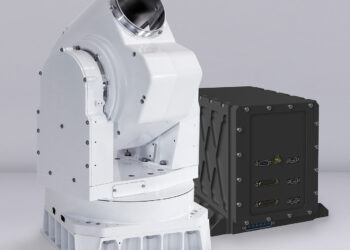SES orders two satellites as operator sees uptick in somber broadcast sector
Company recently raised 2021 Video sector guidance to almost $1.2B
SES (EPA:SESG) is capitalizing on gains in its broadcast business as the company announced Thursday that it has ordered two replacement geostationary satellites in Ku-band. They will serve SES’ prime orbital slot of 19.2 degrees East to maintain the services that the company provides to European video customers and to capture new opportunities in the […]










